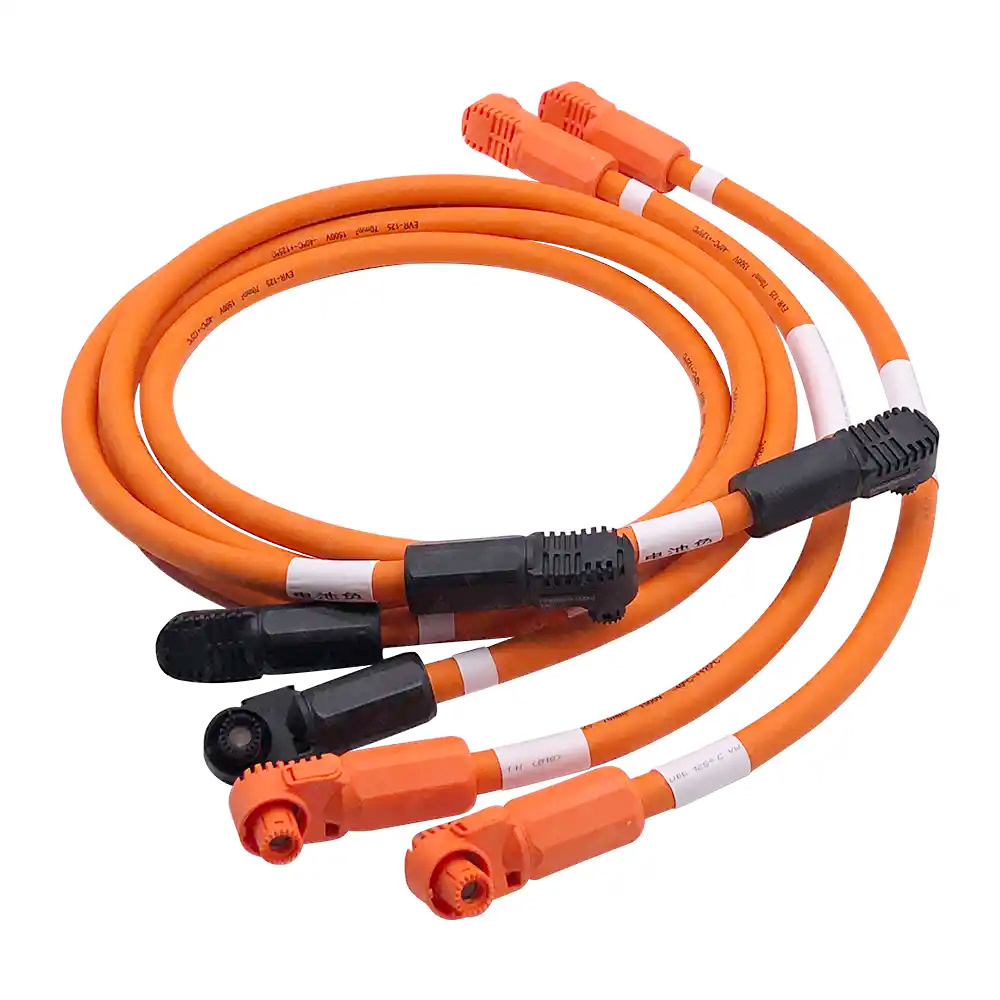
Information
Industry Standards for Energy Storage Cables
Release time: 2025-01-16
In recent years, with the continuous advancement of related technologies and the growing market demand, numerous research institutions, industry associations, and enterprises at home and abroad have been actively engaged in the research and formulation of standards for energy storage cables. A series of influential industry standards have been introduced, such as TüVRhein's2PFG 2693standard, and the domestic "TICW 27-2023Technical specifications for battery connection cables used in electrochemical energy storage systems, etc. These standards provide clear guidance and basis for the production, testing, and application of energy storage cables.
Looking ahead, the standards for the energy storage cable industry will show the following development trends.
First, with the continuous innovation of energy storage technology and the ongoing expansion of application scenarios, industry standards will become more detailed and precise to meet the special needs of different types of energy storage systems (such as lithium-ion battery storage, flow battery storage, lead-acid battery storage, etc.) and various complex environmental conditions.
Second, to ensure the long-term safe and stable operation of energy storage systems, standards will impose higher requirements on the durability, reliability, and safety of cables, such as increasing performance testing specifications for cables under extreme temperatures, humidity, vibration, and other conditions, as well as strict regulations on the fire resistance, explosion-proof, and corrosion resistance of cables.
Furthermore, with the widespread application of digital and intelligent technologies in the energy storage field, industry standards may incorporate requirements for intelligent monitoring and diagnostic functions of cables to achieve real-time monitoring of cable operating status and fault warning, improving the operational efficiency and management level of energy storage systems. In addition, with the integrated development of the global energy storage market, international standard coordination and unification will become an inevitable trend, and the energy storage cable industry standards of various countries will gradually form a set of universal international standards based on mutual reference and integration, promoting trade and technological exchanges in the global energy storage cable industry.
TüVRhein standards
- Scope of application:Specifies the material temperature rating, product structural dimensions, and related testing requirements for cables rated at DC 1500Vand below.
- Insulation and sheath materials:Provides three types of materials: PVC, cross-linked polyolefin, and silicone rubber, which can be selected based on actual conditions.
- Special performance requirements:For special application scenarios of electrochemical energy storage, such as electric vehicles, solar energy, energy storage, and grid frequency modulation, relevant regulations have been made regarding the flexibility, high-temperature resistance, chemical resistance, and flame retardancy of cables. To match the cycle life of batteries, the standard has added thermal life test requirements for the three materials to improve the service life of cables. For applications in harsh environments, including outdoor and coastal areas, the standard has also added humidity and heat tests, salt spray tests, and UVtests, to ensure that cable products can withstand various harsh working conditions.
Domestic group standards
- "TICW 27-2023 Battery connection cables for electrochemical energy storage systems" published by the China Battery Industry Association, specifies the general requirements, product codes and representation methods, cable structure requirements, finished cable testing and requirements, inspection rules, and packaging, transportation, and storage for DC side cables of electrochemical energy storage systems rated at DC 1500V and below, applicable to the production and acceptance of DC side cables for electrochemical energy storage systems.
- "Technical requirements for wire harnesses and connectors for power storage systems": proposed and organized by the Guangdong Wire and Cable Industry Association, Guangdong Connector Association, and Shenzhen Wire and Cable Industry Association, developed and published over 18 months by companies including Michin Technology. This standard specifies the general requirements, electrical performance, physical performance, environmental adaptability, operational reliability, testing methods, and inspection rules for low-voltage (voltage not exceeding 30V (a.c.) (rms) and not exceeding 60V (d.c.)) wire harnesses and connectors used in data collection, communication, and control connection systems in power storage systems, as well as the technical requirements and testing methods for high-voltage wire harnesses composed of high-voltage cables and connectors.
ULstandards
- UL758: Requirements and testing methods for wires and cables, providing guidance for manufacturers and users, including general principles to follow, electrical characteristics of wires and cables, requirements for insulation and sheath materials, etc., and also covering requirements for the fire resistance, flame resistance, and abrasion resistance of cables.
- UL94: Testing methods for the burning performance of plastic materials under flame, defining different levels of flame retardancy, such as V-0, V-1, and V-2, and specifying corresponding testing methods.
- UL1277: Requirements for the electrical characteristics and testing methods of cables with metal sheaths, providing guidance for the weather resistance, corrosion resistance, and oil resistance of cables in energy storage systems.
- UL486A-486B: Requirements for crimp connectors, specifying the qualification standards for connectors, including conductor size, electrical performance, insulation strength, and mechanical performance.
 oversea@hichain.com.cn
oversea@hichain.com.cn
 +8617328576881
+8617328576881










